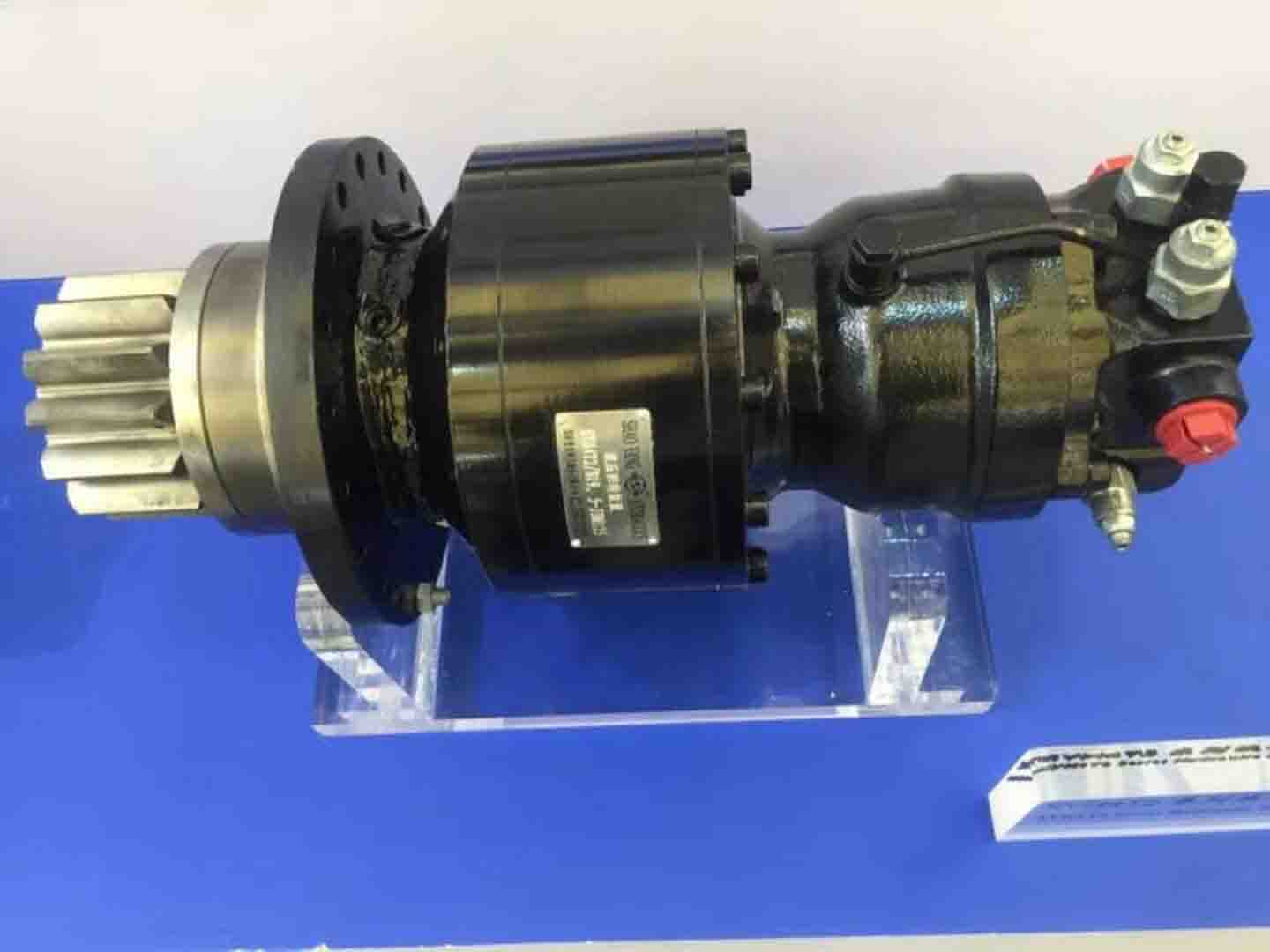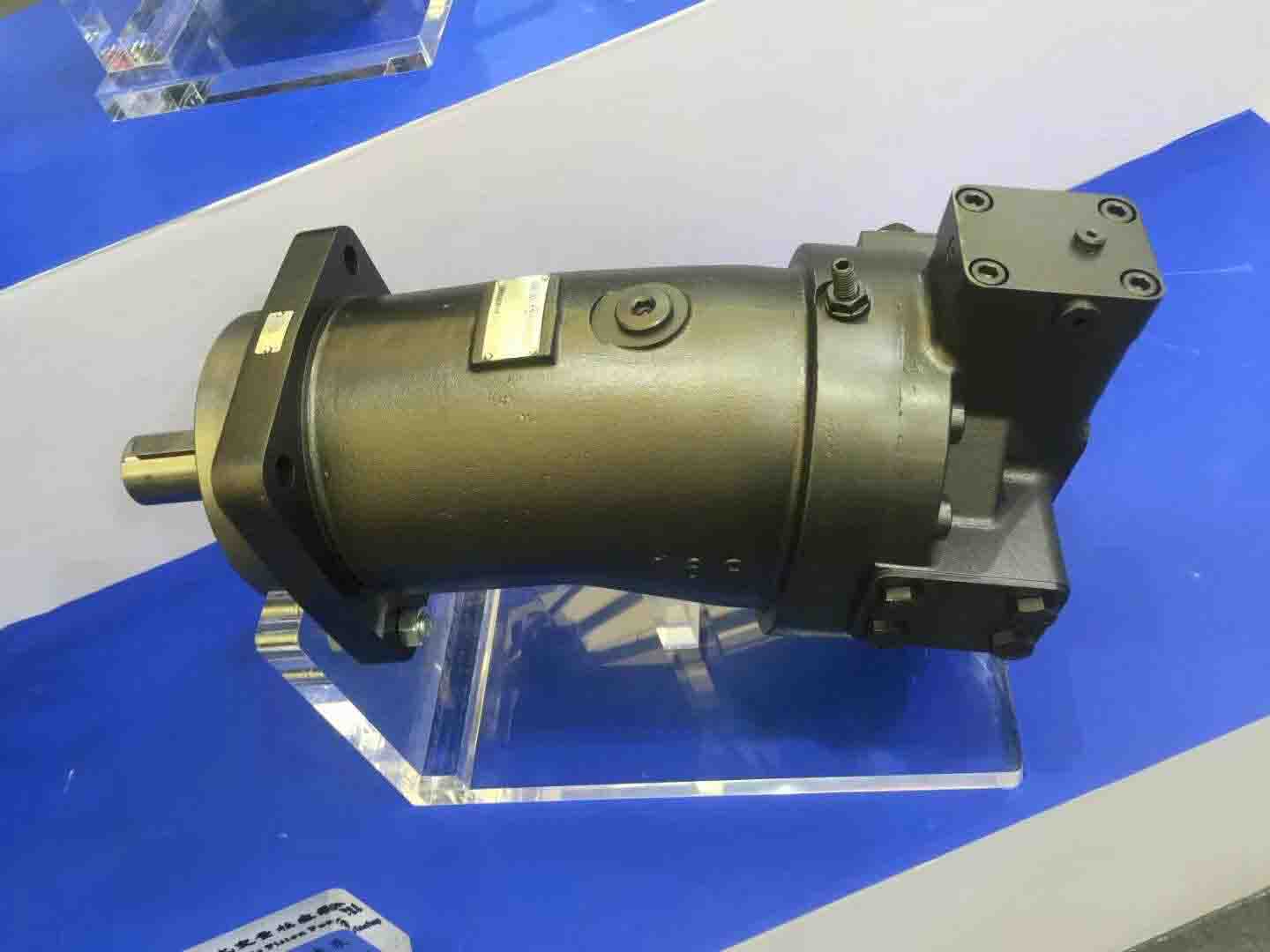
- Home
- > News
- > Company News
Excavator hydraulic system fault diagnosis and elimination
Release Time: 2022-08-12The set pressure of the hydraulic system of the excavator is 30MPa, and if it is less than this pressure, the system pressure is low. The failure of the hydraulic system is mainly manifested in two aspects: the boom is lifted slowly and weakly; the rotation is slow and weak. The main reason for the two failures is the low working oil pressure, and the main reason for the low pressure is blockage and leakage. The smooth and well-sealed oil circuit is the guarantee for the normal operation of the system. Blockage and leakage are common hydraulic transmission faults. Therefore, the inspection of hydraulic transmission faults generally starts from the hydraulic oil circuit. The following are the methods of diagnosing and eliminating different fault phenomena of the hydraulic system.
1. The boom lifts slowly and weakly, while other actions are normal
1.1 Troubleshooting
In the hydraulic system, if only the boom lifts slowly and weakly, but the bucket turns normally. It is not difficult to see from the working principle diagram: other work is normal, which means that the working pump and the total safety valve are working normally, and the pressure they provide to the whole system is sufficient. The quantity and quality of oil are fine. At this point, it is only necessary to check the boom spool valve, the boom cylinder, the oil pipe of the boom part, and its seals.
(1) Check the blockage of the oil passage
First , take routine treatment, remove the oil pipe, remove the valve body, valve stem and related parts of the boom slide valve for cleaning, clean the oil passage and blow dry with compressed air.
(2) Check the leakage of the oil circuit The leakage of the
hydraulic system generally occurs after a period of use. From the surface phenomenon, it is mostly caused by seal failure, damage, extrusion or the sealing surface being pulled. The main reasons are: oil pollution, improper sealing surface roughness, unqualified sealing grooves, loose pipe joints, increased clearance of fittings, high oil temperature, deterioration of sealing rings or poor assembly, etc. Leakage is divided into internal leakage and external leakage. Usually, the failure is mainly caused by internal leakage.
(3) Treatment of internal leakage failure
This part of the internal leakage is mainly caused by the leakage in the boom spool valve and the oil cylinder. Internal leakage mainly occurs inside the valve body and cylinder, which is not easy to check. But we can use some auxiliary methods to judge the leakage.
(4) Inspection of the boom cylinder
When the piston of the boom cylinder reaches the bottom, remove the rodless cavity oil pipe, so that the rod cavity of the boom cylinder continues to be filled with oil. If a large amount of working oil leaks from the oil pipe port of the rodless cavity, it means that the hydraulic cylinder has internal leakage; it is also possible to fill the bucket with a full load, lift it to the limit position, place the boom control lever in the neutral position, and turn off the engine. Observe The sinking speed of the boom; then, place the boom control lever in the rising position. If the boom sinking speed is significantly accelerated at this time, it also means that the internal leakage occurs in the hydraulic cylinder; if the sinking speed does not change significantly, the internal leakage The reason is the boom spool valve.
(5) Inspection
of the boom spool valve The leakage of the boom spool valve is mainly due to the large matching gap between the valve stem and the valve body, the damage to the pressure regulating spring, and the damage to the seal in the valve. Check the fitting clearance between the valve stem and the valve body, check the pressure spring, and see if the seal in the valve body is damaged.

1.2 Removal method
If the leakage test result in the oil cylinder exceeds the specified value, it should be disassembled for further inspection. If the sealing ring is damaged, replace it. If the cylinder wall is severely strained, replace it; if the boom valve is severely worn, replace it.
2.2 The boom works normally; the forearm (bucket) works slowly and weakly
2.1 Fault diagnosis
In the hydraulic system, if the boom works normally, the forearm (bucket) works slowly and weakly. It is not difficult to see from the working principle diagram: the boom lift is normal, which means that the working pump and the total safety valve are working normally, and it also means that the pipeline and oil filter at the oil inlet end of the pump, as well as the oil quantity and oil quality of the oil tank are no problem. . At this point, you only need to pay attention to check the working spool valve, safety valve, and its seals of the forearm (bucket).
2.2 Troubleshooting methods
The hydraulic transmission fault diagnosis and troubleshooting methods are similar, and the troubleshooting methods for the forearm (bucket) part and the boom part are basically the same.
